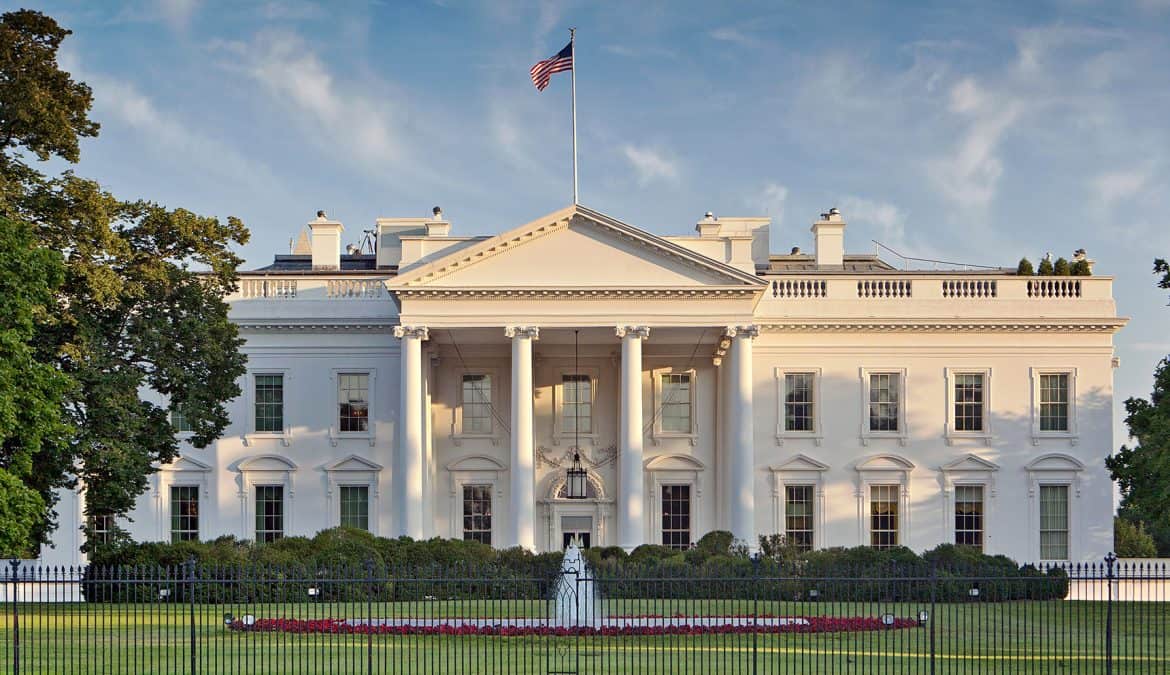President Joe Biden has announced a sweeping $2 trillion infrastructure and jobs plan that would affect electric cooperatives by increasing investment in broadband and electric vehicles, strengthening grid resiliency and dramatically reducing carbon dioxide emissions.
A key provision would make not-for-profit electric co-ops eligible for the first time for direct-pay investment tax credits and production tax credits for clean energy generation and storage projects. One of NRECA’s legislative goals this year is to ensure that co-ops are included in any federal incentive programs that encourage the use of renewable energy.
“For far too long, electric cooperatives have not had comparable incentives to develop energy technologies,” said Louis Finkel, NRECA’s senior vice president for government relations. “This has held back innovation.”
It is now up to Congress to turn Biden’s blueprint—the American Jobs Plan—into legislation. NRECA will work with lawmakers to help craft the details that are most important to co-ops, said CEO Jim Matheson.
“We’re encouraged to see electric co-op priorities reflected in President Biden’s infrastructure proposal,” Matheson said. “As we plan for a future that depends on electricity as the primary energy source for a majority of the economy, strategic investments in grid modernization and energy innovation are critical. Equally important is support for expanded rural broadband and other efforts to help rural families and businesses.”
As Congress begins drafting the bill, “we look forward to staying engaged to ensure that the priorities of rural America and electric co-ops remain front of mind,” Matheson said.
Here’s a look at some of the highlights of Biden’s proposal:
Tax Incentives for Renewables
- Makes electric co-ops eligible for the first time for direct-pay investment tax credits and production tax credits for clean energy generation and storage projects. The tax credits are expanded and extended for 10 years. Tax-exempt co-ops would finally get incentives comparable to those provided to for-profit companies to develop energy technologies.
Grid Improvements
- Invests $100 billion in the electric grid to “create a more resilient grid, lower energy bills for middle-class Americans, improve air quality and public health outcomes, and create jobs … on the path to achieving 100% carbon-free electricity by 2035.”
- Creates a targeted investment tax credit to spur the buildout of at least 20 gigawatts of high-voltage capacity power lines.
- Reforms and expands the Section 45Q tax credit for carbon capture and storage projects, making it easier to use to retrofit existing power plants.
- Establishes a new Grid Deployment Authority at the DOE that permits better use of existing rights of way along roads and railways and supports creative financing tools to fund more high-voltage transmission lines.
- Develops an Energy Efficiency and Clean Electricity Standard aimed at cutting electric bills and pollution, increasing competition in the market, spurring more efficient use of existing infrastructure and continuing to leverage carbon-free energy from existing sources, such as nuclear and hydropower.
Broadband
- Invests $100 billion in infrastructure to deliver reliable broadband to every American, especially the more than 30 million in communities that lack infrastructure for even minimal internet access, namely rural areas and tribal lands.
- Prioritizes support for broadband networks owned or operated by or affiliated with local nonprofits and co-ops as providers driven by “a commitment to serving entire communities” rather than profit.
- Prioritizes deploying “future proof” broadband infrastructure in unserved and underserved areas for 100% delivery of high-speed internet access nationwide.
- Levels competition for rural electric co-ops by requiring for-profit providers to fully reveal their prices.
Electric Vehicles
- Invests $174 billion in the electric vehicle market, including grant and incentive programs for state and local governments and the private sector to build a national network of 500,000 EV chargers by 2030.
- Enables automakers to ramp up domestic supply chains from raw materials to parts, retool factories to compete globally and employ American workers to make batteries and EVs.
- Offers U.S. consumers point-of-sale rebates and tax incentives to buy American-made EVs. Biden said the plan will ensure that EVs are affordable for American families.
- Replaces 50,000 diesel transit vehicles with EVs and electrifies at least 20% of the nation’s yellow school buses through a new Clean Buses for Kids Program.
- Sets the federal government on a course to electrify its fleet by buying EVs when it replaces old vehicles.
Support for Rural Communities
- Proposes $5 billion for a new Rural Partnership Program to spur local economic development, led by rural communities, to meet critical needs.
- Provides tax credits, grants and other assistance to build, sustain or retrofit more than 1 million affordable, energy-efficient homes and extend affordable housing opportunities to rural and tribal areas.
- Invests $20 billion in 10 regional innovation hubs and a Community Revitalization Fund to create new businesses in rural regions and community-led redevelopment.
- Quadruples support for the Manufacturing Extensions Partnership to boost minority and rural involvement in technological advancement.
- Calls for $30 billion for R&D to spur innovation and job creation, including in rural areas, involving advanced technologies in communications, energy and biotechnology.
- Calls for $12 billion in community college infrastructure to address “education deserts” in rural communities, boost local economies and improve energy efficiency.
Authors: Erin Kelly and Cathy Cash.

